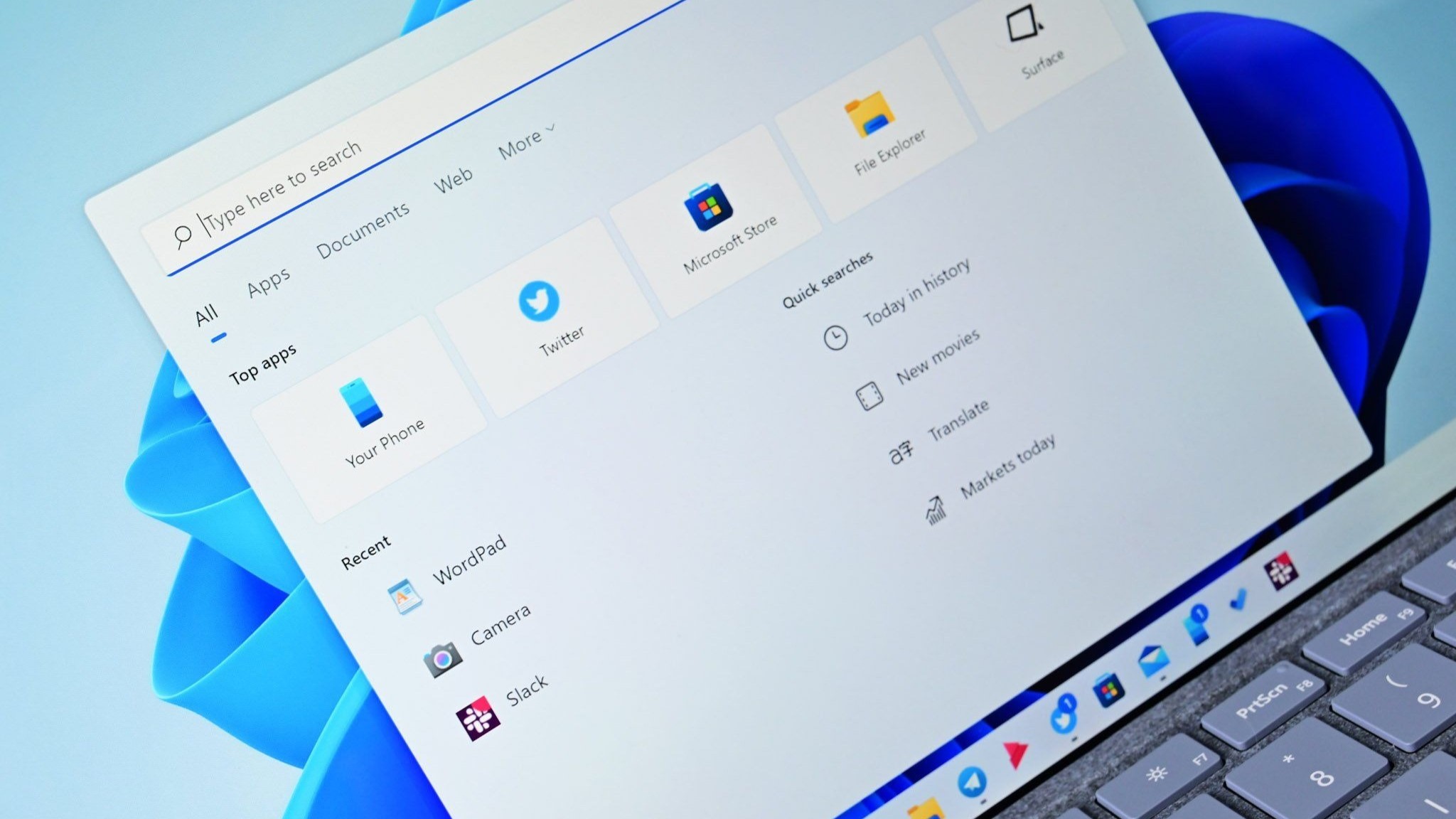What you need to know
- A report indicates Windows 11’s market share hit 35.55% three years after Microsoft shipped the operating system.
- This news comes after the tech giant announced it’ll charge $30 for extended Windows 10 support beyond its imminent death.
- A report by the International Data Corporation (IDC) indicates the growth in global PC shipments is directly linked to a dire need to upgrade supported software and purchase future-proof devices.
Three years after its shipment, Windows 11 has begun to gain momentum. According to a recent report by StatCounter, the operating system’s market share hit 35.55% in October 2024. Still, Windows 10 continues to dominate the category with 60.97% of the market share.
As you may know, Microsoft will end support for Windows 10 on October 14, 2025, and this decision will likely contribute to Windows 11’s growth in market share. The tech giant has made several plays over the past few months to get users to upgrade from Windows 10 to Windows 11 before its imminent death, including using annoying full-screen multipage popup ads.
Users’ reluctance to upgrade to Windows 11 could be attributed to several reasons, including Microsoft’s stringent minimum system requirements and the operating system’s flawed design.
Windows 11 upgrade seems inevitable
It can also be attributed to the depressed PC market (though trends show it’s on an upward trajectory this year). According to the International Data Corporation (IDC), the market grew by 3% in the second quarter of 2024 — translating to 64.9 million units. Market analysts and experts attributed the growth to “Plenty of market hype around AI PCs and a less sexy commercial refresh cycle.”
Ironically, a recent report by the institution indicates the growing shipment of AI PCs isn’t driven by the AI capabilities in these devices but by the consumer’s need to upgrade supported software (Windows 11) and purchase future-proof devices. Rumors suggest Microsoft could rebrand its Windows 11 AI features under a new Windows Intelligence umbrella.
Microsoft ending support for Windows 10 isn’t entirely the end of the road for the operating system. Alternatively, users can pay for extended Windows 10 support, which is available for commercial and consumer users.
The tech giant recently revealed it’ll charge $30 for an additional year of security updates for Windows 10 beyond its end-of-support date. It’s worth noting users can only pay for one year of extended support. After this point, users are advised to upgrade to Windows 11. However, they can continue using the operating system but are susceptible to malicious ploys by bad actors as they’ll no longer receive crucial security updates.
A public interest group filed a petition asking Microsoft to reconsider its decision to cut support for Windows 10, indicating it would lead to “the single biggest jump in junked computers ever.” As such, Microsoft’s ESU program provides an extended lifeline for Windows 10 users who still prefer it to Windows 11 and aren’t particularly interested in buying new hardware.





